GOLF CART TRAFFIC & HOW IT AFFECTS HEALTHY TURF
As you are aware golf courses needs special attention every day and that is turf care, thus a need to develop cart traffic guidelines to take into consideration while playing the golf course. There are several holes on the golf course that stay wet and need special attention when golf cars are traveling on them. The holes specific are #1 approach, #2 upper fairway 100 yards from the green, #3 from white/blue tee box through the fairway (major compaction), #4 area between the right bunker and white/blue tee box of #5 (heavy compaction) exists, please utilize the cart path to #5 tee box as often as you can to minimize the car traffic. Area left and right (right area wet area after rain) of #6 green are heavily compacted due to cart traffic, lack of water sources and fertilization (corrected), #8 lower fairway and the entire green approach along with the right side of the green complex, #9 lower fairway, water stands from 200 yards to the pond, #11 lower right fairway, #12 approach area, #13 right side of green complex, #16 entire green surround, #18 approach. These are the most affected areas, occasionally, other areas will be of concern.
1- 90* rule always.
2- Park all four wheels on the cart path.
3- Park on the cart path when applicable on tees and greens.
4- On holes where there isn’t a cart path, please ride in the rough and drive 90* to your ball and then 90* back to the rough (without sharp turns) and proceed on.
5- Please NEVER Park in the saturated wet areas ANYWHERE or around greens or anywhere else for that matter, only in the higher rough areas, cart path is preferred but not always applicable. As a courtesy to the group behind you, it is good etiquette to park your cart at the back or side of the green before putting. This also helps the speed of play.
6- Avoid sharp turns anywhere on the golf course as this is very detrimental to the shoots of the grass blades and the plant loses chlorophyll and begins to turn brown until it recuperates which takes weeks to accomplish.
7- Maximize wear and tear by riding with two players in each cart as this will minimize compaction and reduce traffic ruts and damage in wetter areas.
8- On Par 3 holes remain on the cart path unless you physically cannot and need to drive off the path to get to your ball.
9- While travelling from the tees on #3 please use the scatter technique and find the high rough as soon as you can. The center of the riding area on that hole is severely compacted and will require remediation as soon as the grass greens up and summer comes. This area will need to be cultivated to reduce the compaction and much TLC to bring back to its vibrant/healthy condition.
10- Making sharp turns, speeding and/or racing along in a cart and coming to a sudden stop can damage the course. Please apply cart brakes carefully. Please avoid driving through wet or muddy areas, or grass with standing water.
11- PLEASE do not drive down the center of the fairway on any hole as this is a major compaction issue affecting every par 4 and 5 on the course. As a general thought process, think, stay off the fairway except to get to my ball, hit it and return to the rough.
12- When driving to the practice range, please drive along the pavement to the cart path, the same when leaving the range, this will help with the compaction on #18 and minimize driving behind the practice mats as this area is severely compacted and will need major cultivation to correct which will make it off limits to heal. The primary objective is to provide the best of turf conditions for your golfing enjoyment and adherence to the above suggested guidelines is a huge step in that direction. Additionally, will minimize the agronomic inputs such as fertilizer, growth regulators which will save the club thus the membership a lot of money each year. It will also enable the turf to recover faster to changing seasons.
Fairways and Greens!
Mike, GCSAA, PGA

